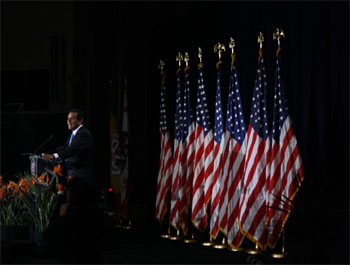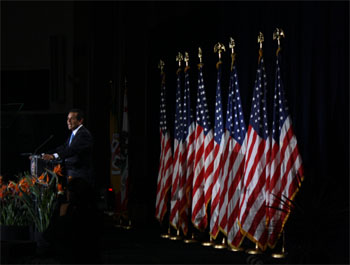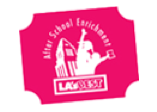This story appeared in The Toiler Times, the student newspaper of Manual Arts High School.
By Jovana Urrutia
The debate team is one of the most hard working and dedicated teams we have here at Manual Arts. The team’s advisor, Mr. Rohoman, works to help each team member.
The teams consist of two members per group and there are about twelve groups total in the debate team. They started to compete in December 2010 and since then they have been unstoppable.
They have won many competitions but the most challenging one was at Pepperdine University back in January. Other schools participated in the Pepperdine competition as well. All the team members had a rough start but they stayed calm and did their best.
I had the chance to interview one of the team members of the debate team. Her name is Alejandra Alvarez, a junior on the C-track. She told me that they went through obstacles to get to where they are now.
I asked if anyone felt nervous and what are their goals for the team. Alejandra said, “Yes some were nervous and the most important goal is to win every competition.” Every team member puts in a lot of effort. They get busy with it and they have every detail on their mind. That’s how much potential the team has.
The last question I asked was, “What is the next step for the team?” Her response: “For the team and expand get and more people involved, to learn more about it, get prepared for college and their future, and to win.”
The last thing she told me is that it’s not always about winning, it’s about having fun as well as enjoying every moment of the competition. The Toilers’ debate team will always have fun and they are not going to let anyone from other schools bring them down because they always keep their heads held high and they are motivated.









 Mayor Antonio Villaraigosa issued his sixth State of the City Address from a podium at Jefferson High School in South Los Angeles Wednesday.
Mayor Antonio Villaraigosa issued his sixth State of the City Address from a podium at Jefferson High School in South Los Angeles Wednesday. Los Angeles Mayor Antonio Villaraigosa promised to focus on education reform at the annual State of the City address on Wednesday.
Los Angeles Mayor Antonio Villaraigosa promised to focus on education reform at the annual State of the City address on Wednesday. 
 Los Angeles has some major issues. Traffic is one. The state budget’s another. But unbeknownst to many Angelenos, is the chaos that is the year-round schedule of many schools in the Los Angeles Unified School District.
Los Angeles has some major issues. Traffic is one. The state budget’s another. But unbeknownst to many Angelenos, is the chaos that is the year-round schedule of many schools in the Los Angeles Unified School District. The Children’s Collective, Inc.
The Children’s Collective, Inc. The First Tee of South Los Angeles
The First Tee of South Los Angeles LA’s Best
LA’s Best  Heart of Los Angeles (HOLA)
Heart of Los Angeles (HOLA) As we approach Oscar weekend, I want to take this opportunity to thank the Academy. Thank you, Academy of Motion Pictures Arts and Sciences voters, for recognizing that the movie “Waiting For Superman” had about as close a connection to reality as Bill Gates does to the struggles of working class families.
As we approach Oscar weekend, I want to take this opportunity to thank the Academy. Thank you, Academy of Motion Pictures Arts and Sciences voters, for recognizing that the movie “Waiting For Superman” had about as close a connection to reality as Bill Gates does to the struggles of working class families. 




